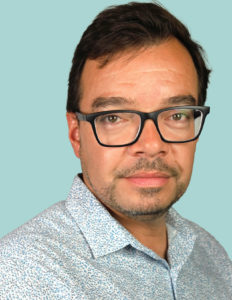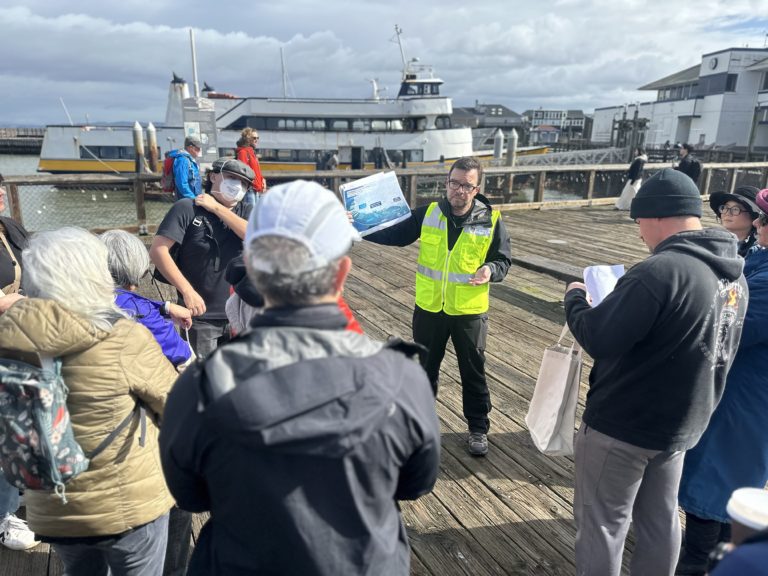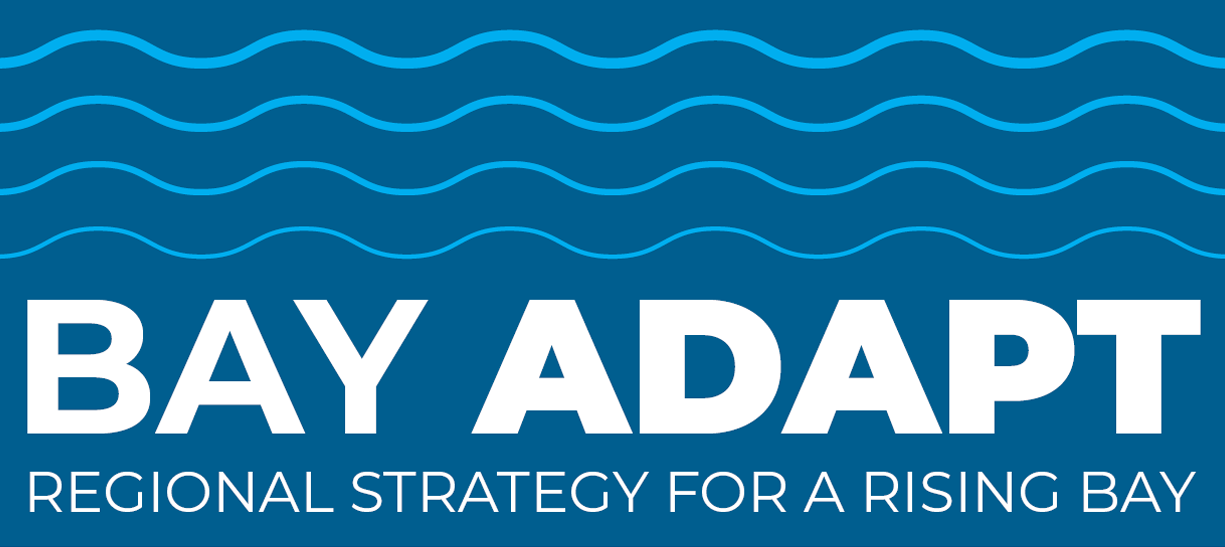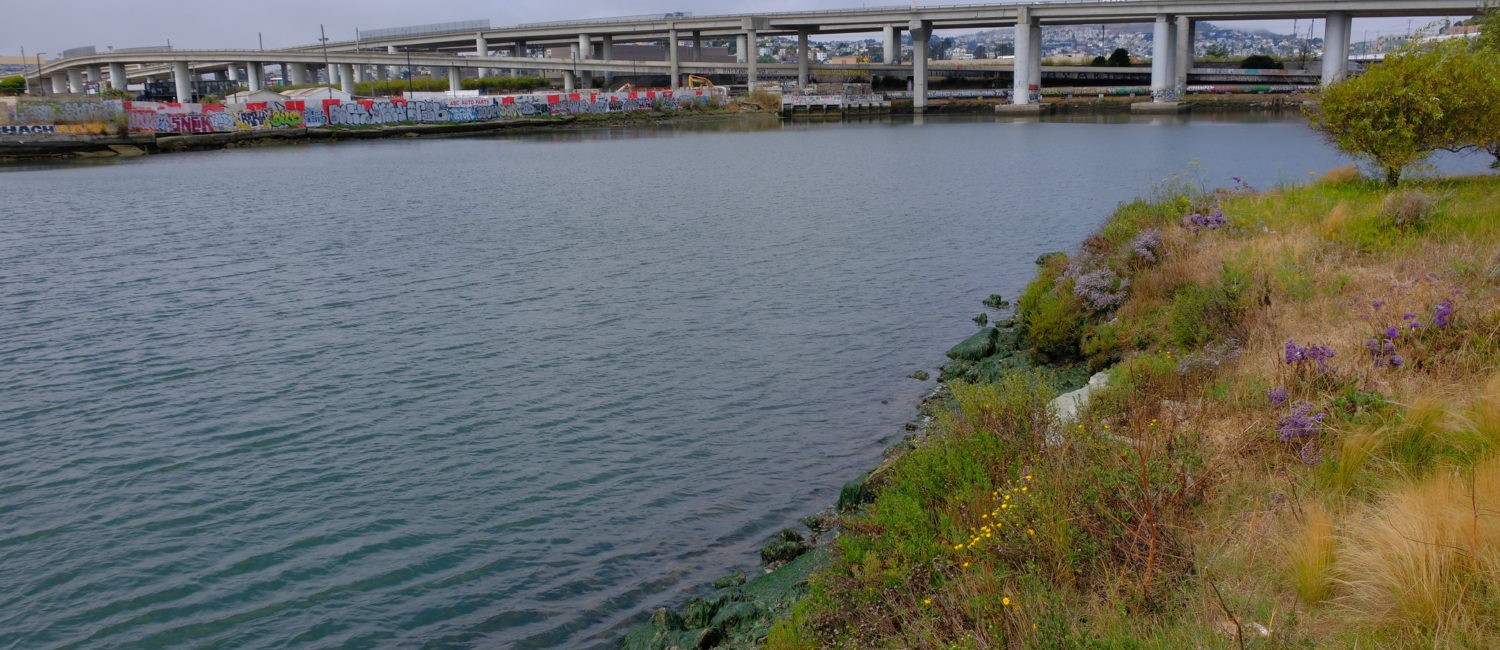
BCDC is thrilled to award Luiz Barata with the Bay Adapt Award. He is a senior planner and urban designer, and currently leads community engagement for the Waterfront Resilience Program at the Port of San Francisco. The Bay Adapt Awards recognize individuals who are leading the way with exemplary contributions and innovations addressing the critical challenges of sea level rise.
Originally from São Paulo, Brazil, Luiz grew up playing on the streets of dense neighborhoods, which sparked his interest in public spaces and how people relate to natural and built environments. He went on to study Architecture and Urbanism for his undergraduate studies, and later earned a Master of Urban Design from UC Berkeley. Barata was drawn to the multidisciplinary approach in architecture and urban design and ultimately pursued a career in urban planning.
He has worked on large-scale planning and design projects across the U.S., Latin America, the Middle East, and China. In the Bay Area, he highlights his work at the City and County of San Francisco as a project manager for the Islais Creek Southeast Mobility Adaptation Strategy project as the start of his passion for community engagement for climate and sea level rise adaptation.
I got trained on the job, and I ended up enjoying it because I like to talk to people and understand where they are coming from. As a public servant, you always try to see how you can help people live their best lives in the city."
Luiz Barata

Luiz is deeply committed to inclusive design and public participation. His work promoting equitable climate adaptation covers local, regional, and national efforts. He has collaborated with the Bay Conservation and Development Commission on the development of the Regional Shoreline Adaptation Plan and the public education program on sea level rise. He serves on equity-focused committees for both the Bay Area’s Regional Shoreline Adaptation Plan and the National Adaptation Forum.
The Bay Adapt Award winners are being recognized at the Rising Together: The Bay Adapt Summit on September 15, 2025. Get the last tickets for the celebration.
We caught up with Mr. Barata for a chat* on adaptation and resilience in the Bay Area. Read below the highlights:
My vision for a resilient shoreline is for communities to feel safe and have vibrant spaces to thrive together, connect with nature, and share their experiences. Those spaces need to be interconnected and shared across the Bay Area. In these vibrant spaces, people meet, neighbors connect, and the creation of a network can lead to opportunities to support the local economy, jobs, and the community as a whole.
If we manage to create—through adaptation work—innovative spaces and ways for people to connect to the water and to each other, that is something that everybody will gain from.
Some of the challenges are similar to those faced by other city agencies across the country, particularly in the current climate, which is the uncertainty of funding.
An additional challenge is navigating complex policy environments that involve multiple city agencies and stakeholders.
At the staff level, we created an inter-agency coordination group, which we call “City champions”. We meet with representatives from different city agencies and discuss the projects and how they align, what the priorities are, and establish an open line of conversation. This collaborative approach has been instrumental in advancing complex projects, improving efficiencies, and sharing lessons learned across the departments.
Community engagement is a key pillar of the Port’s Waterfront Resilience Program. Our work is informed by over six years of community input. Education is critical for community participation in developing climate adaptation plans. Uncertainty about the future creates anxiety, but when people understand what’s happening and learn methods to address challenges, their confidence grows. They feel empowered to ask questions and make decisions.
Another component is awareness. As we have increased awareness, public participation has broadened to a larger group of people. This has been a critical aspect of our work, because we want people to participate by asking questions and helping define the solutions, so that people feel ownership of that particular project. With a sense of ownership, people feel like they belong to that community and that they are actually helping to define their future.
Collaboration is critical, and there are multiple types. There is collaboration between city agencies and the organizations that work with the community, and also between the city and the community. As we establish these partnerships, we are developing different ways of talking to the public and increasing awareness of the risks and the possible solutions.
For example, we created community walking tours that bring residents of all ages to the waterfront. As we walk the shoreline, we share about the history and future of the waterfront, highlight flood risks, explain defense options, and most importantly, answer questions directly. People get to engage with someone from their own local government, right in front of them. Collaboration goes even further; multiple agencies join these tours, so residents can ask about transportation with SFMTA or the SF Bay Ferry, or dive into infrastructure details with SF Public Utilities Commission staff or the Department of Public Works engineers. That direct access gives people a holistic sense of how the city is tackling these complex challenges.
Another example is how we’ve changed the format of some of our community meetings. Instead of the typical setup with a speaker, PowerPoint, and then Q&A, we organize the meeting more like a “science fair”. Multiple agencies show up with a booth, each sharing what they’re working on and responding to questions and concerns from community members. With multiple agencies showing projects and ideas all together in the same place, this creates a more collaborative and engaging environment.
There are two main components of what success looks like. The first one is having a community that trusts local government. Unfortunately, in the past, governments made decisions that harmed communities across the Bay Area. Regaining that trust takes time. The type of work that we are doing is a little bit of repairing those relationships.
The second part of success will be to implement these projects and get the community excited about their future in a way that they’re getting multiple major benefits. This is not necessarily only sea level rise protection or a more efficient transportation network, but also more access to open space, gathering spaces for the community, and job creation and economic opportunities for growth.
I enjoy doing this work because I’m an eternal optimist about what’s ahead of us. I believe people can get together and make decisions about our collective future, while also being adaptable over time. That’s something that brings me lots of hope, particularly with the people here in the San Francisco Bay Area, who are resilient and open to embracing change.
*The interview was edited for length and clarity.


[…] and protecting communities from the impacts of rising sea levels. BCDC’s 2025 awardees are Luiz Barata from the Port of San Francisco’s Waterfront Resilience Program, Marquita “Keta” […]